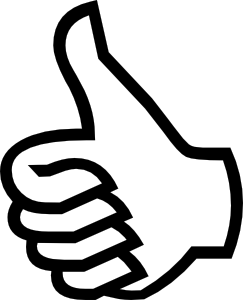functions of the Liver are
1 to assist with the formation and secretion of bile
2 to store glycogen and reconvert it into glucose when blood sugar is low
it cans also convert amino acids and glycerol to glucose
3. metabolises fat the liver cells desaturate fat this means that it converts stored fat to a form of energy the liver also converts excess carbohydrate and amino acids into fat storage
4. deamination of amino acids The end products of protein digestion are amino acids which are absorbed into the portal circulation through the villi of the small intestine deamination is the removal of nitrogen portion of the amino acid the liver forms ammonia from the unwanted nitrogen portion which in turn combines dioxide to form urea.
5. production of plasma proteins
6. storage of vitamins it stores vit a B12 D E and K
7. storage of iron it is stored as Ferretin in the liver
8. production of heat
9.production of clotting factors
10. detoxification of toxic substances .
Problems for the Patient
1.confusion - coma - encephalopathy this happens due to failure of the liver to metabolise and detoxify nitrogenous substances
Action - assess neuro state the four levels of coma
1. inappropriate responses
2. drowsy sleepy
3.continually drowsy and confused
5. coma
if confusion develops restrict protein in diet as liver cannot break down and excrete the protein
ensure frequent bowel movement helps lessen protein absorption from the gut
Haemmorhage - due to clotting issues you should note any bleeding gums , after injections bruising nose bleeds or development of piles this is early signs that venous system is under pressure.
Veins in the oesophagus may become dilated
vit k and transfusion of platelets might be given
watch for blood in stools or malaena
Itching skin - causes by a build up of salts in the body
Prone to develop an infection due to liver failure
Hyperglycaemic due to the reduction in protein fat and sodium so high carbohydrate and high dextrose solutions may be used - so assess blood sugars glucose in urine careful with BM stix if lack of clotting is considered.
 http://www.youtube.com/watch?v=2Vv1yed_urs&feature=related
http://www.youtube.com/watch?v=2Vv1yed_urs&feature=related http://www.youtube.com/watch?v=2Vv1yed_urs&feature=related
http://www.youtube.com/watch?v=2Vv1yed_urs&feature=related